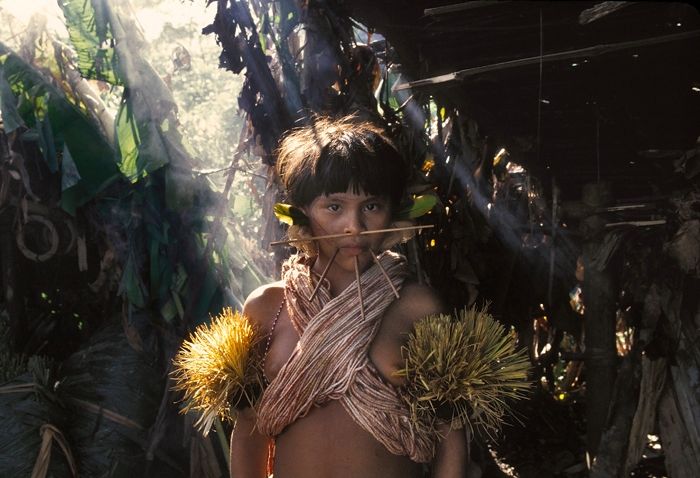If this doesn't enhance my reputation as opinionated, I don't know what will. A recent ad/post on a photo forum attracted my attention. It involved a request for photography assistants to help out a photographer over short duration gigs. The ad was written in such a way as to impart that the assisting opportunities were exciting since the photographer is famous. The cities in question are domestic and international. The duration of the gigs is between 2-3 days each.
Here's the ad/post:
"Digital assistants good day rate plus expenses!!!!!
Requirements: 1.They need to own a laptop 2. Need to know how to use digital cameras inside & out; download raw and jpg, burn DVD’s 3. They need to own or be able to drive a car and know each city well 4. They need to pick up/drop off photographer from airport/hotel depending upon cities." Let's examine the job requirements: knowledgeable in computers and presumably photo-editing, ownership of a mac laptop, profound knowledgeable of digital cameras, ownership of a car to drive the photographer around, and shuttling to and from the airport with waiting time, etc. In other words, what's needed is a photographer's assistant, a fixer, an interpreter, a guide, a driver and -if necessary- a 'pinata' if anything goes wrong.
Then let's tally costs of a driver, car, translator/interpreter, guide, digital photography expert, etc and see if the photographer's "good day rate" is remotely comparable. I'm willing to bet the ranch that it will be a fraction of that. Yes, I know, all this is speculation and that the photographer may prove me wrong by paying the assistant a decent wage, mileage, gas, food, etc. along with some mentoring perhaps...I hope so. By the way, the US industry standard is about $150-200 a day for 10 hours work by an assistant with some experience.
But as I see it, the intangible benefits to the assistants over these 2-3 days are negligible...it's too tight a time frame. Working with a photographer in such gigs cannot provide a learning experience someone would get from say a month's internship, or even a week, where they'd be exposed to many facets of the photographer's business.
I wouldn't feel exercised about this if the ad/post hadn't been written to convey it as an opportunity to work for a famous photographer and gain attendant benefits. It subsequently was clarified by the ad poster that job seekers should not expect anything more than a day's wages from the experience. So why headline the post/ad with the name of this famous photographer? We all know the answer to that.
Some in the professional industry agreed with me, while others didn't and said so in the strongest of terms. Hackles were raised by my using the word 'exploitative' and it was claimed that there was nothing wrong for assistants to do the legwork and the heavy lifting for photographers. Maybe in an industry as competitive as photography, a job that pays any kind of wage is welcome.
A rather theatrically petulant post from a photographer on the forum, who describes himself rather bizzarely on his profile webpage as a 'feral photographer' (yes, i know what you're thinking...not much going on in this guy's attic) claimed that my questioning the ad's requirements would lead to assignments being no longer posted on the forum, and implying that I was snatching bread from the mouth of his dependents.
A number of posters knocked themselves out in clamoring that they would work for free to assist a famous photographer. These are the same people who are hysterical and up in arms when an amateur photographer's work is shown for
free on Yahoo or CNN or any other website. Sublime hypocrisy or just stupidity? Is it because there isn't enough work of that kind to go around? Or is it just a puerile reaction to accept scraps from the famous and powerful? Is it just being enthralled by celebrity photographers, hoping that their success will rub onto them during a 2-3 days period? Is it to ingratiate themselves to the ad poster?
Once again, I am not disputing the value of assisting any photographer for a period of time...nor disputing the value of internships...not at all. What I'm disputing is the intrinsic (if the wage is based on industry standard, so be it) value of these very short term gofer gigs, and the obvious attempt by the ad poster to make it sound better than it is, capitalizing on the photographer's fame.










